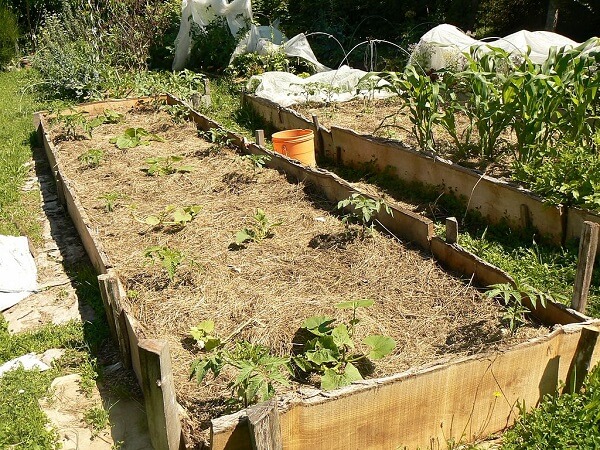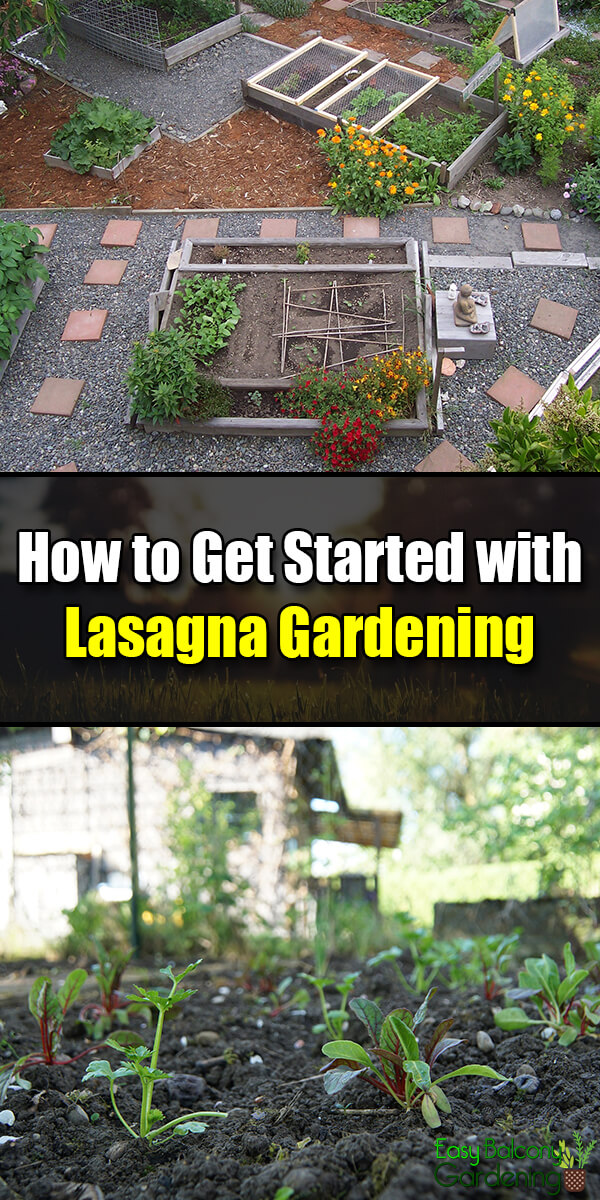Lasagna gardening is a nontraditional method of gardening that is simple, nature friendly, and organic. It is a system that will enable you to enjoy more bountiful harvest with less work and without harmful chemicals.
Garden Layering
Lasagna gardening is a no-digging-no-tilling-no-weeding method of cultivation through garden layering. The first layer is a heavy material like thick wads of sufficiently wet old newspapers to destroy the grass or cover any existing rocks. You do not need to remove those when lasagna gardening as you would a regular garden. The second and succeeding layers are alternating sheets of coir or peat moss, well-rotted manure, and other organic matter. The old newspapers keep the soil cooler, which means less watering for the plants. They also keep the weeds away and make your lasagna garden look neater and more orderly.
The How of Lasagna Gardening
The first thing is to determine if your chosen location is ideal for lasagna gardening. Make sure your setting is where your plants will get the best light. Decide what you want to plant, and what size and shape you want for your garden. Observe what materials are present in your area that can be used for your lasagna garden. The gardening materials will vary. There are vicinities that will have more leaves, not to mention the different kinds of plant life or manure that is available. Note, however, that if you are using a lot of wood chips, they can cause a lot of mushrooms to grow. Use them as further organic material for your lasagna layers.
Remember the Basics
The basics of making a lasagna garden are quite simple. Just remember that the layers must be purely organic and must not contain any bone, fat, or meat. In other words, steer clear of protein. Avoid any unnecessary work when making your lasagna garden. You do not need to remove weeds or rocks. Just cover the area with at least five sheets per layer of wet newspapers overlapping the edges. Place on top of the wet newspapers two to three inches of any organic material. You can then layer the peat moss on top of the inches of organic material. Continue alternating the layers until the beds are about two feet high (higher if you so desire), after which you can start planting and adding mulch to your lasagna garden. Close planting and more mulching keep in the moisture as well as lessen the growth of weeds. You must water your lasagna garden until it is damp, not wet. Proper watering is always critical.
What to Plant
Almost any kind of plant can be grown with the lasagna method, but the most popular ones include asparagus, garlic, tomatoes, beans, lettuce, cucumbers, and potatoes. If you opt for climbing plants, like cucumbers, do not forget the support. Be likewise mindful of companion planting. Some plants make other plants thrive, and some do not!
The Attraction!
Lasagna gardening can be used anywhere the sunlight is sufficient. It is ideal even for very limited spaces, and also for container gardens. You can even have it indoors. Just remember the sunlight! Try the lasagna method in combination with square foot gardening. You are definitely getting plentiful harvest for less work and hassle with lasagna gardening!








